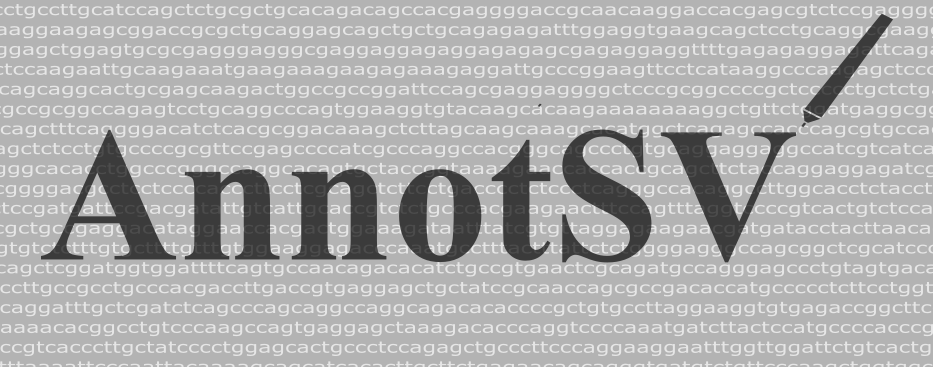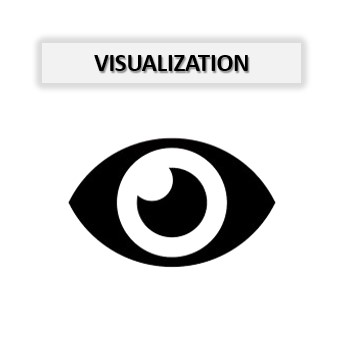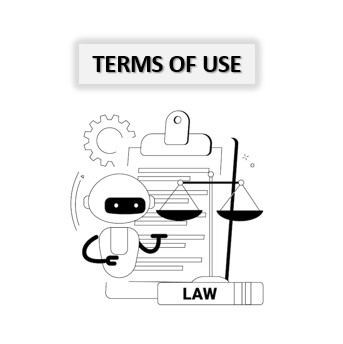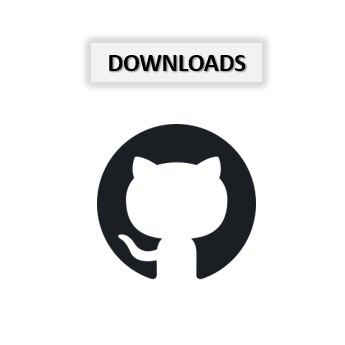
Annotation and Ranking of Human Structural Variations
 Annotate and rank your SV online |
 Retrieve previous results through a Job ID |
 Discover the output formats available online |
 Watch small tutorials and case studies |
 Access to a detailed documentation |
 Discover the assesment of the SV pathogenicity |
 If you are using AnnotSV in your research... |
 Check out for the latest news |



